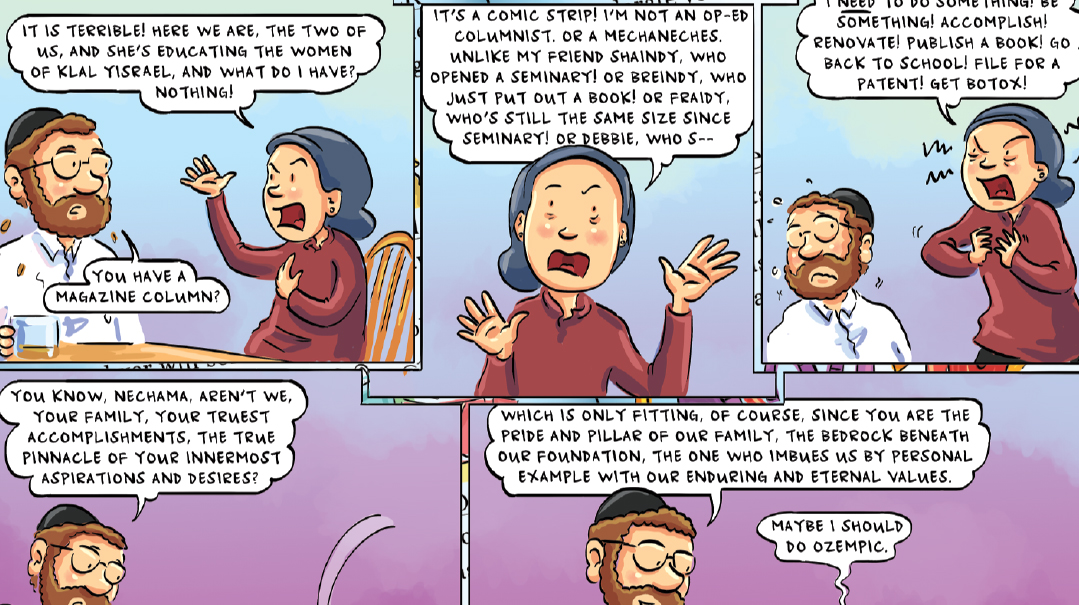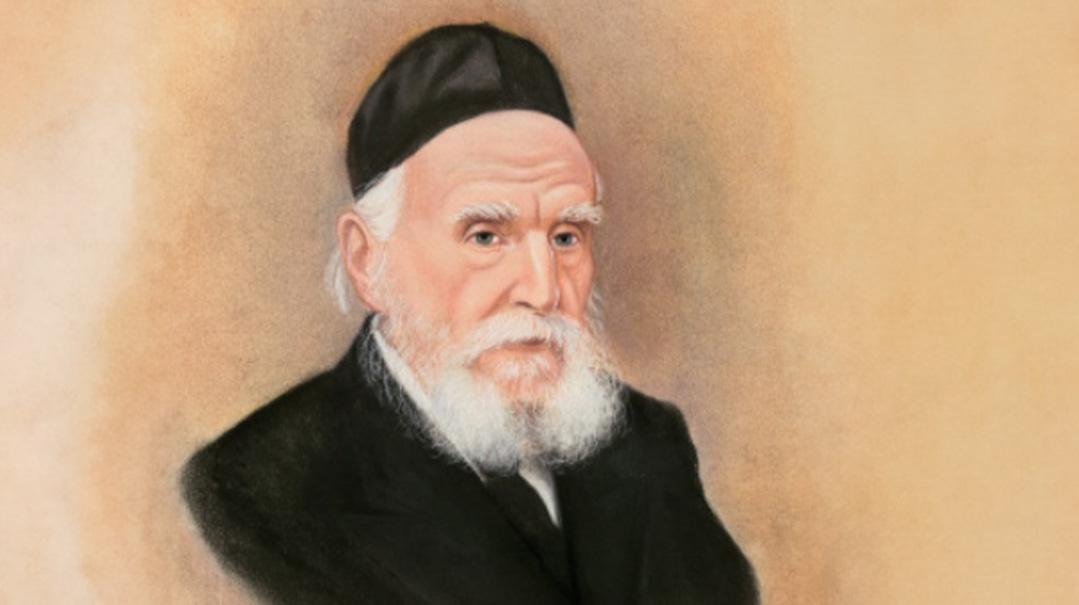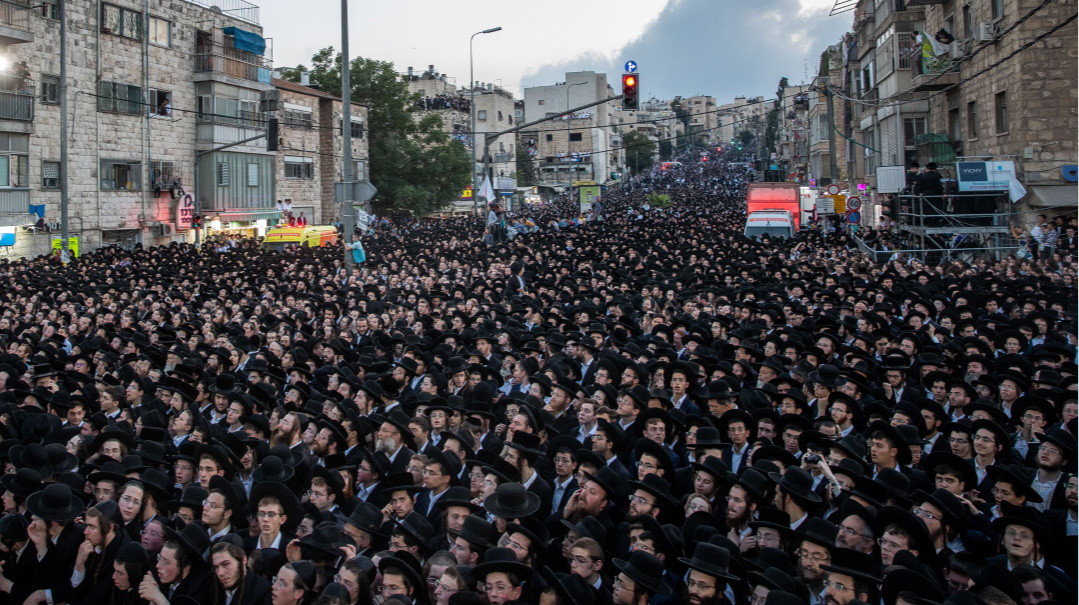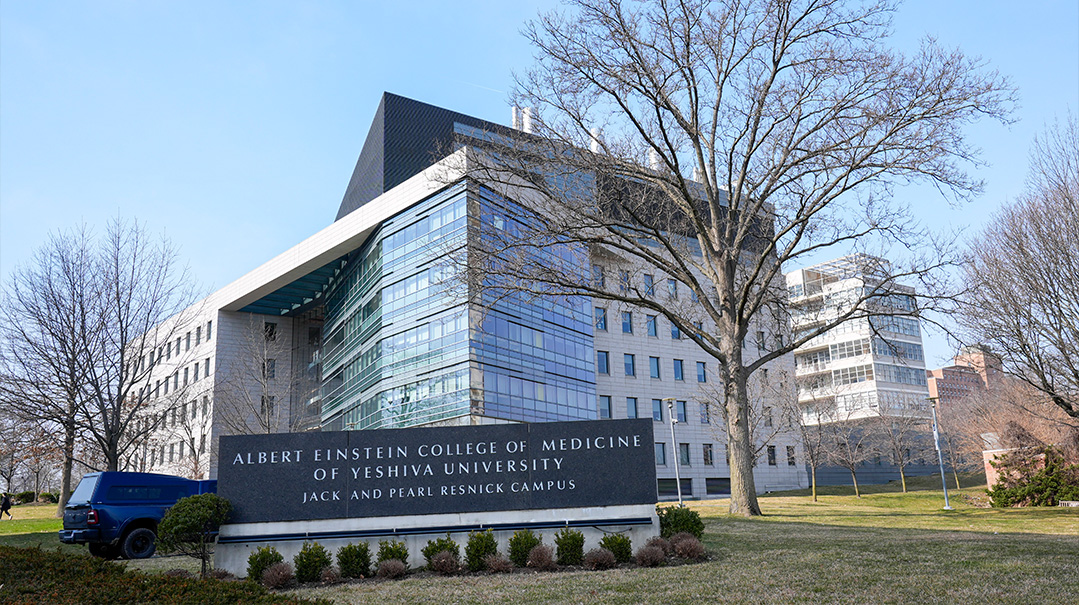The Case for Singing During Davening

Jewish music is put to words of prayer and hope
P
eople seem to either love or hate singing during davening. Minyanim are categorized by how many or how few niggunim they include. Keil Adon? Kedushah? One line of Kedushah or the whole thing? How about Hallel? Let’s not even start talking about that happy minyan that can’t seem to utter a word of davening without a tune or dance.
There is clearly no right or wrong here, but there is an opportunity in niggun that addresses one of the most vexing issues we all face in our religious lives: the challenge of kavanah — proper focus on and connection to our davening.
Tefillah is an incredible opportunity and a constant challenge. It’s an opportunity to approach Hashem at will, knowing that He is accessible to us and will hear our heartfelt words (Devarim 4:7). Yet it’s a challenge to maximize the opportunity; to recognize that we are in His presence, to focus on the words we say, and to truly entrust ourselves to Him.
This is an almost universal challenge for which there is no silver bullet, no simple adjustment we can make that will offer a permanent solution. Rather, it requires constant effort. Like the early chassidim, who would spend an hour preparing to daven, we inevitably daven better when we work on our tefillah in advance.
But therein lies the rub. It requires work.
Think, by contrast, about singing. When we sing “Acheinu” after praying for fellow Jews in crisis, “Im Eshkacheich” during a Melaveh Malkah on Motzaei Shabbos Nachamu, or “Toras Hashem Temimah” during hakafos on Simchas Torah; it seems that all we need to do is close our eyes, focus for a moment, and get swept away with exactly the right thoughts and emotions.
And while this may sound very neo-chassidic, singing may be an effective method for many of us to experience the practice of Rav Yisrael Salanter’s study of mussar, something I have otherwise found out of reach.
Rav Yisrael’s mussar was not simply the intellectual study of works of hashkafah — ethics and self-discipline. He demanded more. He knew that ideas are not enough, that the distance between the head and the heart is great, and that traversing that distance is what transforms us. For that he prescribed mussar b’hispaalus, the study of mussar in a manner than engages the emotions, b’sfasayim dolkos, with “flaming lips.” A true baal mussar regularly chooses a phrase or a sentence that expresses a core ideal and repeats it to himself meditatively, melodiously, and thoughtfully, until the idea becomes an emotion.
I could never do this. Perhaps it was because of my difficulty with dwelling on one concept for an extended period, always preferring to jump ahead to the next idea. Maybe it was because of my immature struggle with being alone with my thoughts. Whatever the reason, I could never do that. But when I repeatedly sing that phrase with like-minded others, it seems to have Rav Yisrael’s desired effect. Niggun really helps bridge the gap between head and heart.
Perhaps that is why when the Gemara (Berachos 6a) teaches about how our tefillos can only be heard in a beis knesses, the first reason given is because that is where people gather to join in melodious song, “b’makom rinah sham tehei tefillah — in a place of song, prayer will be present as well,” and the second because that is where Hashem resides. It is where we raise our voices together in song, connecting emotionally to the words we say, that we connect to our tefillos. We must first connect ourselves to our tefillos and then bring them to Hashem.
Is that the solution to the kavanah challenge? Shall we take the amud and sing during Shacharis on Tuesday or Minchah on Thursday? Depending on the shul, that may be risky.
But that may not even be the goal, as the Succos experience demonstrates.
Succos is both the culmination of the Yamim Noraim and their complete opposite. On the Yamim Noraim we cannot imagine saying the primary shirah of Hallel. “Is it possible with the King seated on His throne, with the books of the living and the dead open before Him, that the Jewish People would say shirah?!” (Rosh Hashanah 32b.)
On Succos, by contrast, not saying shirah would be inconceivable. “Is it possible that the Jewish people would take their lulavim in hand and not say shirah?!” (Pesachim 117a.)
Indeed, the Rambam (Hilchos Chanukah 3:6) writes that Hallel is not recited on Rosh Hashanah or Yom Kippur because they are “days of repentance, awe, and fear, and are not days of extra celebration — simchah yeseirah,” whereas with regards to Succos and its musical celebration of Simchas Beis Hashoeivah, he writes (Hilchos Succah 8:12) that whereas all Yamim Tovim have the mitzvah of simchah, Succos in the Mikdash “was a day of extra celebration — simchah yeseirah.”
While the Yamim Noraim atmosphere is permeated by trepidation, Succos represents the resolution achieved by the cleansing conclusion of Yom Kippur. Resolution yields shirah. “Ein simchah k’hataras hasfeikos.”
Shirah is about big ideas and ideals. At the Yam Suf we did not simply sing about the miraculous redemption that we had just experienced; we dreamt of the future, of Hashem’s kingdom extending for eternity, of our future in Eretz Yisrael at the Mikdash built by Hashem’s own Hands. When we are concerned with survival, we are simply too constrained to dream big. And shirah is big.
To some degree, that is the Yamim Noraim experience as well. We all know that the central emphasis of our davening on the Yamim Noraim is on the big things, on Hashem’s presence filling the world and being recognized by all its habitants. But we also know that as we try to take our minds there, we are shackled by the recognition that the books of the living and dead are open before Him, that our fate for the year ahead is being decided.
With all our aspirations, we find it easier to focus on the halachically tangential but directly personal requests of zachreinu l’chayim and b’sefer chayim than on the core, big ideals of meloch al kol ha’olam kulo. We cannot pray or sing about big things when we are preoccupied with survival.
Then comes Succos. The cleansing experience of Yom Kippur has brought us a sense of resolution and reassurance. We are confident in Hashem’s forgiveness, and we know that we are no longer teluyim v’omdim — hanging in suspense. Now we can sing. Now we must sing.
This same dynamic is present every single week. At Shacharis on Tuesday and Minchah on Thursday, the text of our Shemoneh Esreh is dominated by big dreams and ideas, requests for personal teshuvah and national Geulah. Yet the brachos that inevitably get our greatest attention are refaeinu, bareich aleinu, shema koleinu — those places where we ask Hashem for the basics, like health, parnassah, our children’s well-being, shidduchim. On Tuesday and Thursday, we are preoccupied with getting by and the tenor of our davening reflects that. We are not ready to sing.
But then there is Shabbos. On Shabbos, we put the basics aside. We cannot take any practical steps toward health or parnassah, and we do not pray for them. Instead, with the work of the week done, we can think big. Now we can sing. Now we must sing.
Jewish music is put to words of prayer and hope. “Ani Maamin” expresses our faith in the eventual healing of our world with the coming of Mashiach; “Ashreinu, Mah Tov Chelkeinu” conveys our feeling of privilege for having been given the gift of Torah; and kedushah — our aspiration to accomplish our ultimate purpose as Klal Yisrael, to be mekadesh Sheim Shamayim.
When we sing, we aren’t exercising some sort of ecstatic escapism. Instead, we bring big and audacious ideals to life as our deepest dreams and hopes. And when we do it together as a community, gathered in shul for prayer or at a kumzitz for inspiration, we draw strength from the words of hope and of faith and from each other, from the strength of community that is itself a powerful source of both mission and hope.
It is critical to work on davening by thinking and learning about it every weekday, by mustering increased focus when standing before Hashem. I am committed to that work and gain immeasurably from it.
But come Shabbos, I will sing.
Rabbi Moshe Hauer is the executive vice president of the Orthodox Union and a participant in its “Behimatzo” tefillah initiative, available at outorah.org/tefillah.
(Originally featured in Mishpacha, Issue 931)
Oops! We could not locate your form.







